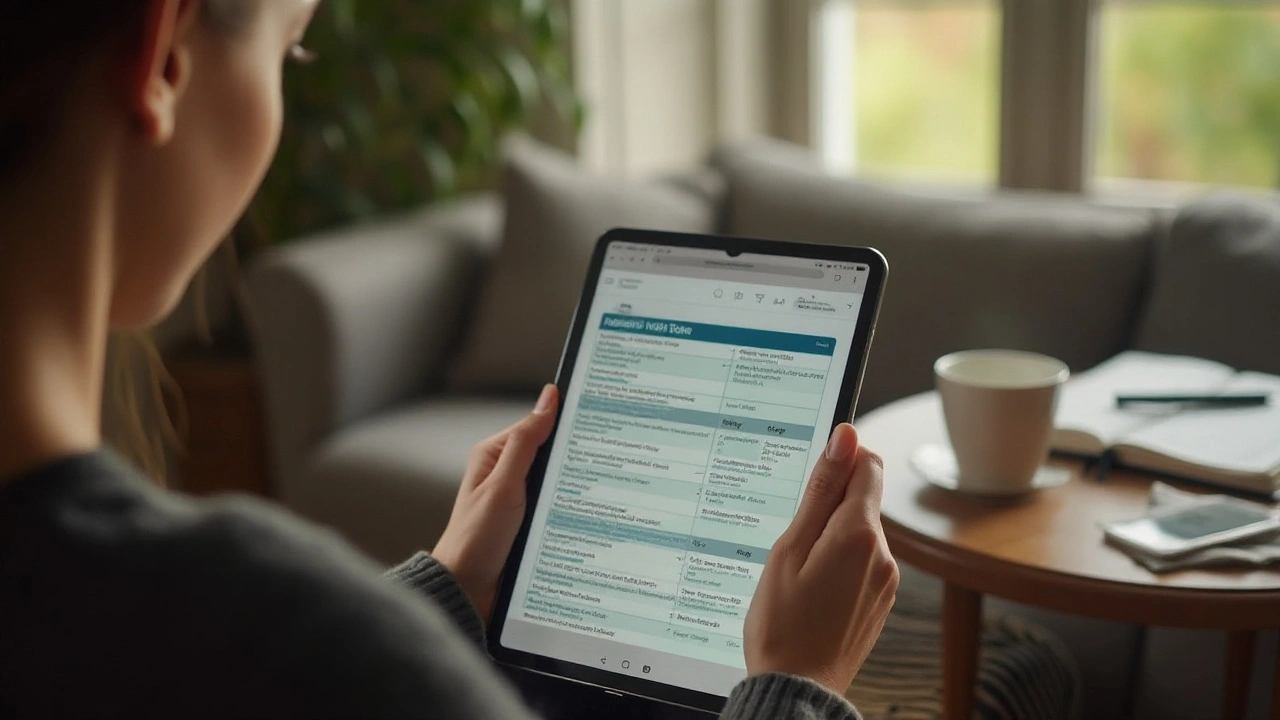Got enough of those pounding headaches? You’re not alone, and the good news is you can actually lower how often they show up. Most migraine sufferers find that a handful of everyday tweaks make a huge difference, without needing a prescription for every flare‑up.
The first rule is to know what sets off your migraines. Keep a simple diary for two weeks – note the foods you eat, how much sleep you got, stress levels, weather changes, and any meds you started. Patterns pop up fast. Common culprits include aged cheese, chocolate, caffeine spikes, skipping meals, and even bright screens.
Once you spot a trigger, experiment with cutting it out or reducing exposure. If coffee is the issue, try swapping one cup for green tea or decaf. For screen‑related pain, use blue‑light filters and take 20‑second breaks every 20 minutes – the “20‑20‑20” rule.
Hydration is a low‑effort hero. Aim for about eight glasses of water daily; dehydration can shrink blood vessels in the brain and spark pain. Pair that with regular meals – don’t let your blood sugar crash. A balanced snack every 3–4 hours keeps glucose steady.
Sleep matters more than you think. Try to hit the same bedtime and wake‑up time, even on weekends. Adults usually need 7‑9 hours; too little or too much sleep can both trigger attacks.
Stress is a migraine accelerator. Simple stress‑busting habits like five minutes of deep breathing, quick walks, or a short yoga flow can reset your nervous system. If you notice chronic tension, consider progressive muscle relaxation before bed.
Exercise isn’t just for fitness; moderate aerobic activity (like brisk walking, cycling, or swimming) three times a week improves circulation and reduces the frequency of attacks over time. Start slow – even 10‑minute sessions build tolerance without overwhelming you.
Posture plays a sneaky role. Hunching over laptops or phones strains neck muscles, which can refer pain to your head. Set up an ergonomic workspace: screen at eye level, shoulders relaxed, and take micro‑breaks to stretch.
If lifestyle tweaks aren’t enough, some supplements have solid backing. Magnesium (300–400 mg daily) helps relax blood vessels, riboflavin (400 mg) supports mitochondrial function, and CoQ10 (100 mg) can lower attack rates. Talk to a pharmacist before adding them.
For those who need medication prevention, doctors often prescribe triptans like Imitrex for acute relief, or daily preventive drugs such as beta‑blockers, CGRP inhibitors, or certain anti‑seizure meds. Your doctor can match the right option to your health profile.
The bottom line? Migraine prevention isn’t a single magic bullet; it’s a toolbox of habits you can pick and choose. Start with one change – maybe drinking more water or logging triggers – and build from there. Over weeks, you’ll likely notice fewer bad days, longer good stretches, and a better overall quality of life.
